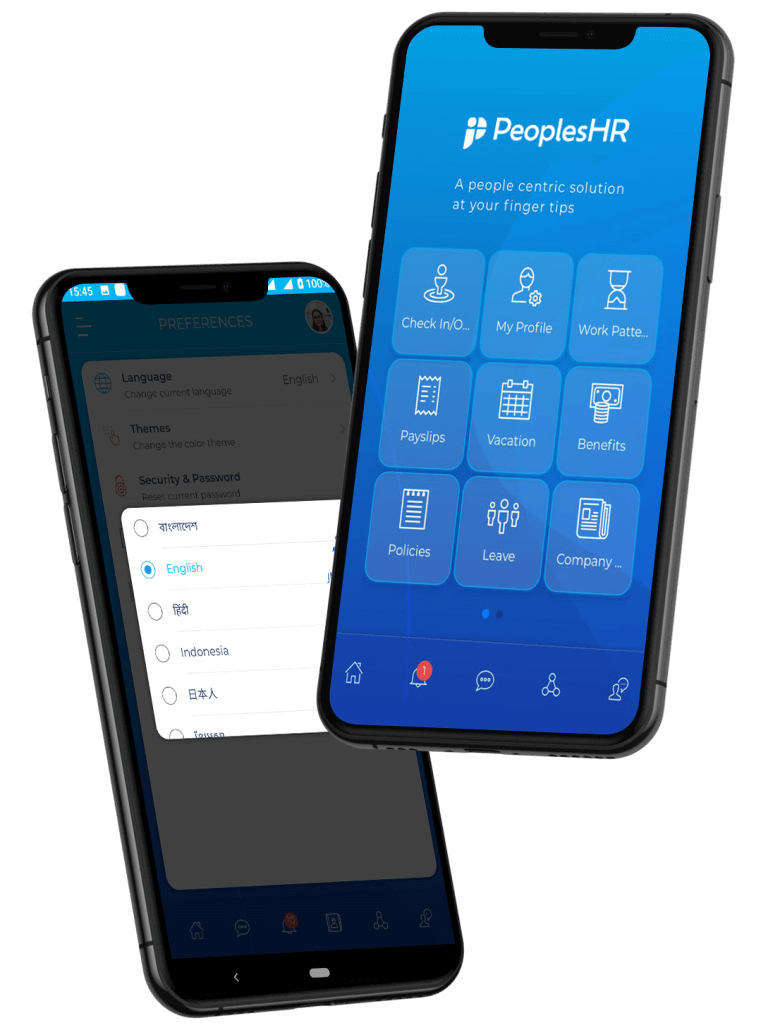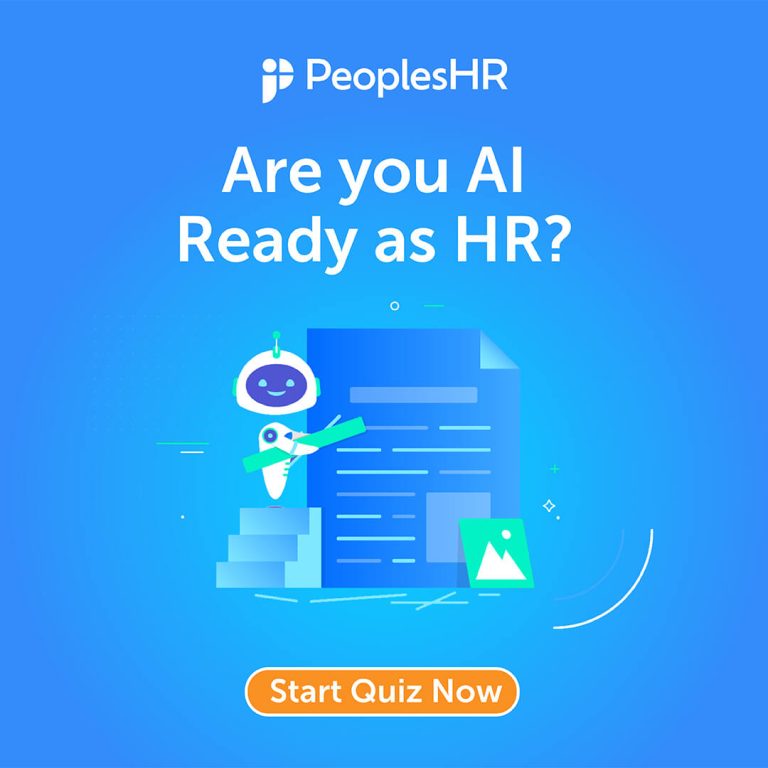Ace your 'People' game with PeoplesHR
Accelerating the HR transformation in the Philippines with PeoplesHR
Accelerating the HR transformation in the މޯލްޑިވްސް with PeoplesHR
Accelerating the HR transformation in the កម្ពុជា។ with PeoplesHR
Accelerating the HR transformation in မြန်မာ with PeoplesHR
Accelerating the HR transformation in Cameroon with PeoplesHR
Accelerating the HR transformation in Finland with PeoplesHR
We support the HR Heroes not just with a holistic HCM, but an entire ecosystem.




PeoplesHR is known for making HR easy in over 20 industries connecting over a 1,000,000 users.









PeoplesHR brings different HCM solutions for different organizations
We understand that despite the size of your organization, you could transform your HR with the PeoplesHR magic touch.






What makes PeoplesHR special?
End -to-end HR experience
Data driven decision making
Plug-ins to create your HR ecosystem
0+
Companies across 40+ countries trust PeoplesHR as their trusted HR partner.
"We are very satisfied and happy to have found PeoplesHR as our trusted HR digital transformation partner. From the inception, we have been given excellent support continuously until the completion of the project. The team has been responsive whenever called upon. We highly recommend PeoplesHR if you’re looking for an HR Solution to streamline all your HR processes."
Rashedul Alam
“LOLC being one of the largest conglomerates in Sri Lanka,requires multiple HR solutions across different sectors and industries. At LOLC we centrally handle all HR functions. Hence having a single HRIS platform to cater to all these versatile needs is indeed a challenge. PeoplesHR has catered to most of these requirements of our group and I'm happy with their service. One of the biggest testimonies is that we have already rolled out their HR system in Sierra Leone and Cambodia where the LOLC Group has a strong presence, respectively in Agro and Financial Service sectors. Their agility to provide customised solutions together with innovation has compelled us to continue with them as our HR system service provider, in our journey towards innovation.”
Pradeep Uluwaduge
"In 2009, we came across the PeoplesHR HRIS through a business acquaintance. We decided to go ahead with PeoplesHR because of the capabilities and features. Fast forward to 2017, we were introduced to the cloud version of the same system and we immediately agreed to implement this version of the system. One of the greatest things about PeoplesHR is their support system. We are glad to have been a business partner with PeoplesHR for the past 13 years and look forward to a continued journey together moving forward."
Rajesh Baboo Morji
Experience the convenience of HCM on the go, with the PeoplesHR Mobile App
Experience the convenience of HCM on the go, with the localized PeoplesHR Mobile App
Experience the convenience of HCM on the go, with the PeoplesHR Mobile App Now in ދެގޮތެވެ
Experience the convenience of HCM on the go, with the PeoplesHR Mobile App in ខ្មែរ
Experience the convenience of HCM on the go, with the PeoplesHR Mobile App in မြန်မာ
Experience the convenience of HCM on the go, with the PeoplesHR Mobile App in မြန်မာ
Now available in over 15 languages






